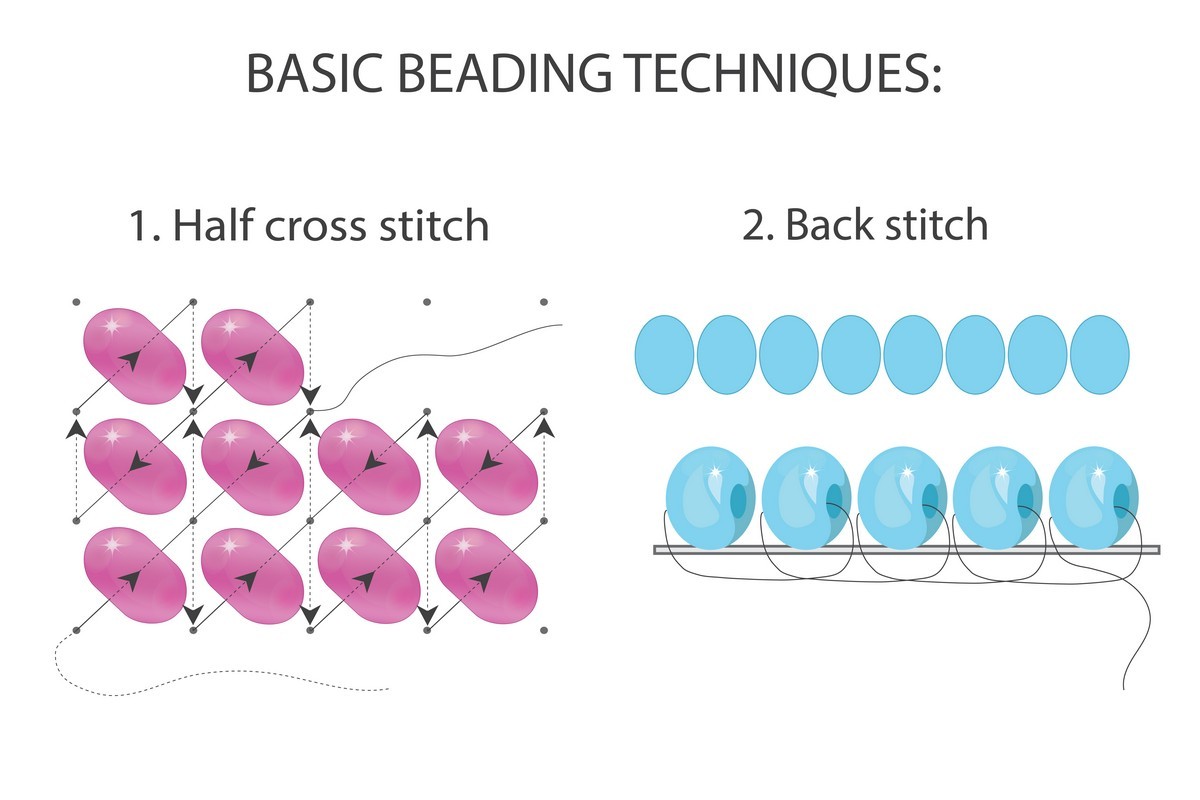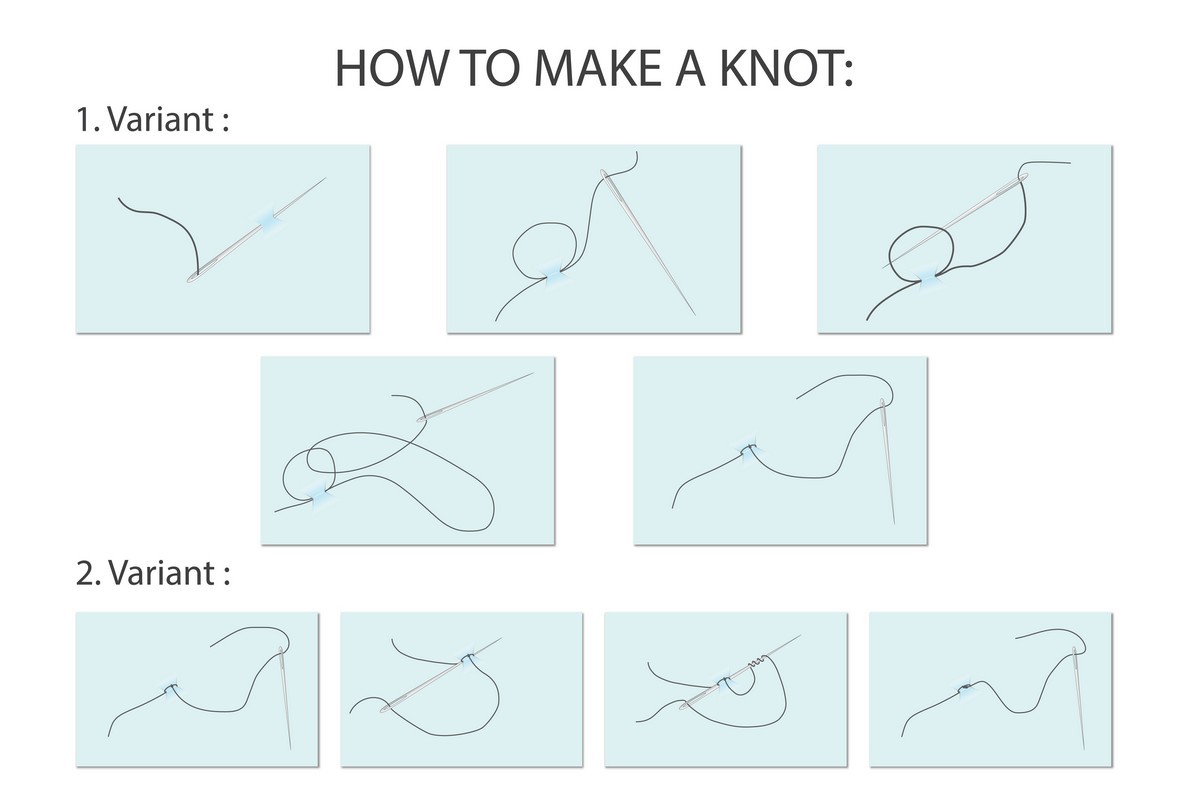Basic instruction
What is beadwork? So, beadwork is a type of applied art, which is the compilation of patterns on fabric from small decorative objects strung on a thread. Beads can be very diverse. In any specialized craft store, it is now easy to find hundreds of its types: all possible colors, different sizes, shapes, and even with different reflective characteristics. Due to its diversity, this technique compares favorably with, for example, classical embroidery. The paintings have a unique texture, image relief and combine glossy and matte elements. Beadwork is extremely popular, for example, to create icons for fabrics, which are becoming increasingly popular due to the relative simplicity of their manufacture at home with minimal material costs. At the same time, stretched onto a stretcher, beautifully designed, beadworks easily turn into a valuable decor item in any room, an attractive detail of the interior. What do you need to start embroidering? In fact, not so much. All the technical equipment for needlework is easy to find in the haberdashery of almost any city in abundance. Firstly, we are talking about needles. In a general sense, any sewing machines that are likely to be found in every home would do, but thin needles may seem more practical. Suitable sizes are No. 10-12. For special occasions, such as the use of denser fabrics, thicker or metallized yarns, other numbers are used. There are also special short needles for beads on sale, but, ultimately, this is only a matter of personal convenience. As for the threads, but here it would be possible to distinguish two main groups that meet different goals: threads for attaching beads and threads for embroidery. Of course, the same materials can be used in both cases. However, if you are applying for a truly presentable end result, it would be nice to choose the threads of the appropriate goal. So, for beads, threads of medium thickness with a stable color, matched to the tone of the fabric, would be suitable. However, variations are possible. Golden beads, for example, go well with light gray threads. As for special techniques, one can note moderate application of wax on the threads to combat knots. The choice of materials for embroidery is extremely large, and is limited only by your artistic imagination. Actually beads should be selected according to the aesthetic needs of the work. As mentioned earlier, in addition to a variety of colors, the shape and size of the beads also differs. The main, most commonly used types are round, cylindrical, faceted and large beads. And this is not to mention the mass of various decorative elements, one-time or to a limited extent used in the work. Again, before starting to use it would be wise to check the strength of the color of the beads, so that subsequently the picture does not lose its charm at the first contact with water. The choice of basis is quite individual, but soft fabrics like silk or satin are more suitable than others. However, tissue softness often implies insufficient strength. Therefore, after finishing the embroidery itself for stiffness, it is recommended to add a more dense lining. Also, some volume elements require special rigidity. In such cases, it is recommended to use curly bases for specific parts of the picture, which would be hemmed under the base. Of course, in the world of beadwork there are many more materials that solve certain local problems. But, speaking of the initial recruitment, we should stop here. All of the following should be sufficient to create the basic work. Here we turn to the question of choosing a pattern for embroidery with beads and creating a sketch, which is described in more detail in other articles.


